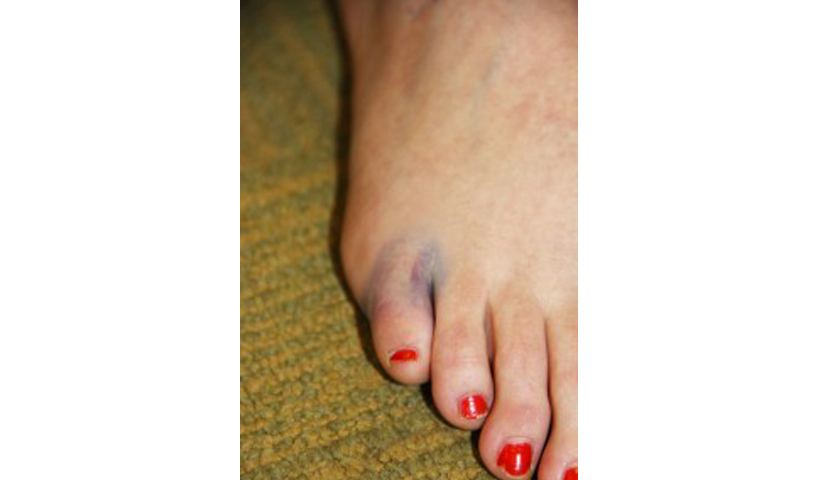
Phalangeal Fracture
Like the old song says, “There must be fifty ways to…” – break your toe! Stubbing it on the bedpost, kicking a ball, tripping on a root, falling down the
Home » Bone Problems

Like the old song says, “There must be fifty ways to…” – break your toe! Stubbing it on the bedpost, kicking a ball, tripping on a root, falling down the
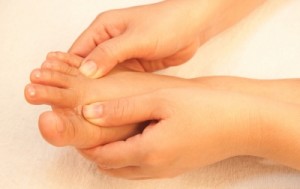
Your body employs a variety of bones shapes: long and thin, short and thick, curved, and simply unusual. Each plays a part in holding you upright, protecting internal tissues, or
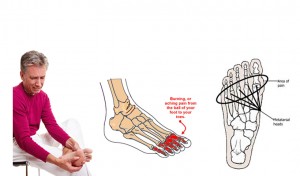
There are 26 bones in the foot, and just as many ways to break them. Toe bones can break if you kick something, heel bones if you land hard on
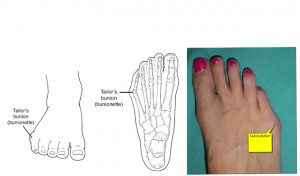
Bumps disrupt surfaces. They add extra width that would not have otherwise been there. On your body, this puts structures at risk for issues with friction and irritation. Sometimes,

There are many ways your feet can tell you something is wrong. They can feel stiff, look different, or not work as well as they normally do, but the
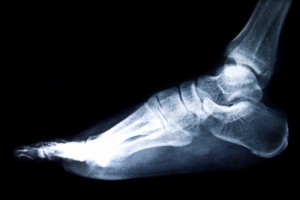
When a solid structure is supporting significant weight or pressure, even the smallest compromise in its integrity could potentially spell disaster. Splits in a dyke, cracks in a support
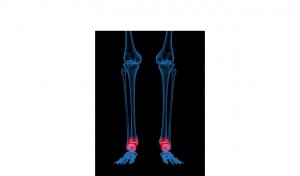
Pulleys, hinges, and cables work best when they are in their correct position. If they get knocked out of place, they may still work, but they will be highly inefficient

Lesions can develop anywhere on your body. Most people are familiar with spots on their skin—they’re visible and easy to identify. However, you can also develop lesions inside your body,
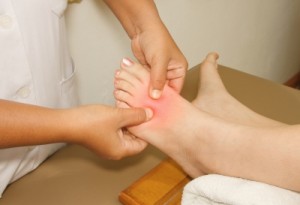
Most structures have a weight limit for what they are able to support effectively. Once they reach that limit, further weight risks damage to both the supports and the structure
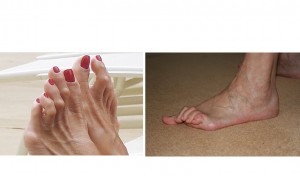
Your toes do more than just wiggle or look nice in sandals. They help you push off the ground and actually maintain your balance when you stand and walk. They
© 2021 Country Foot Care | Privacy Policy